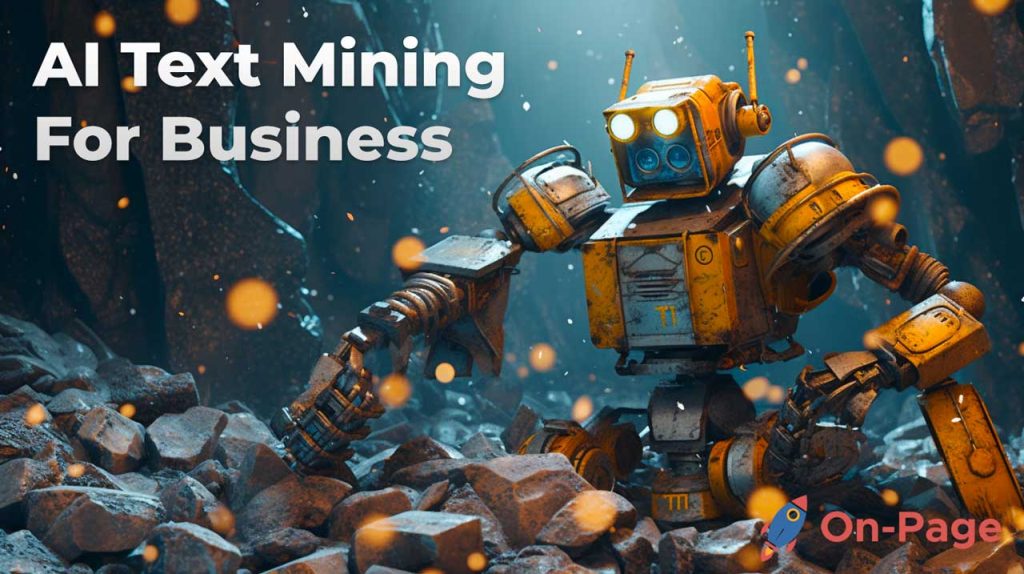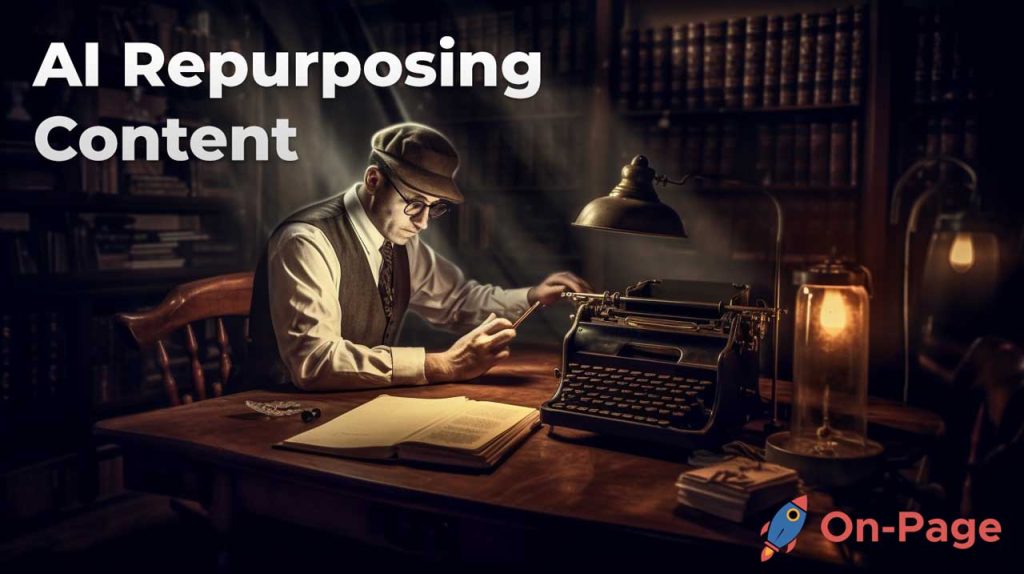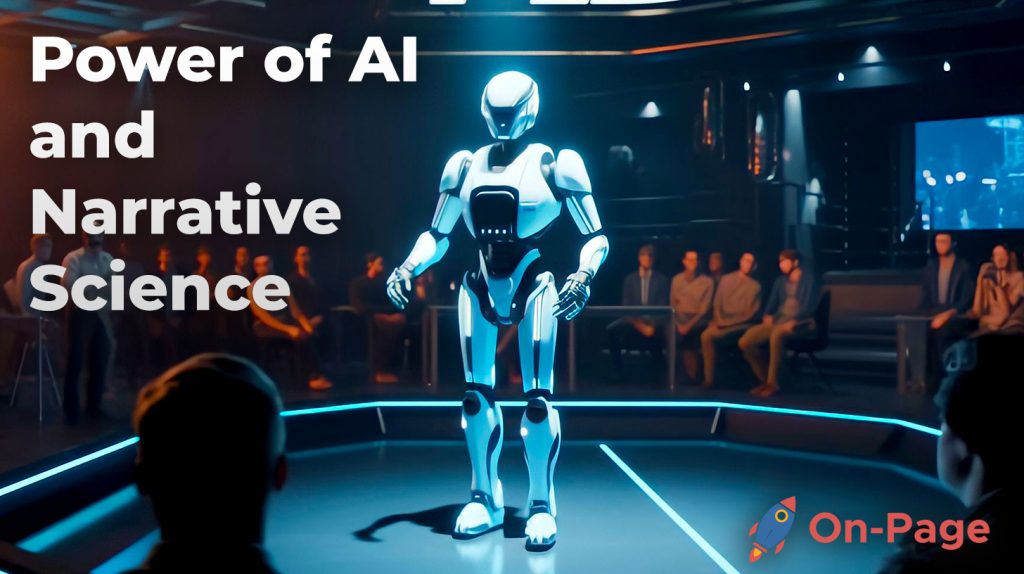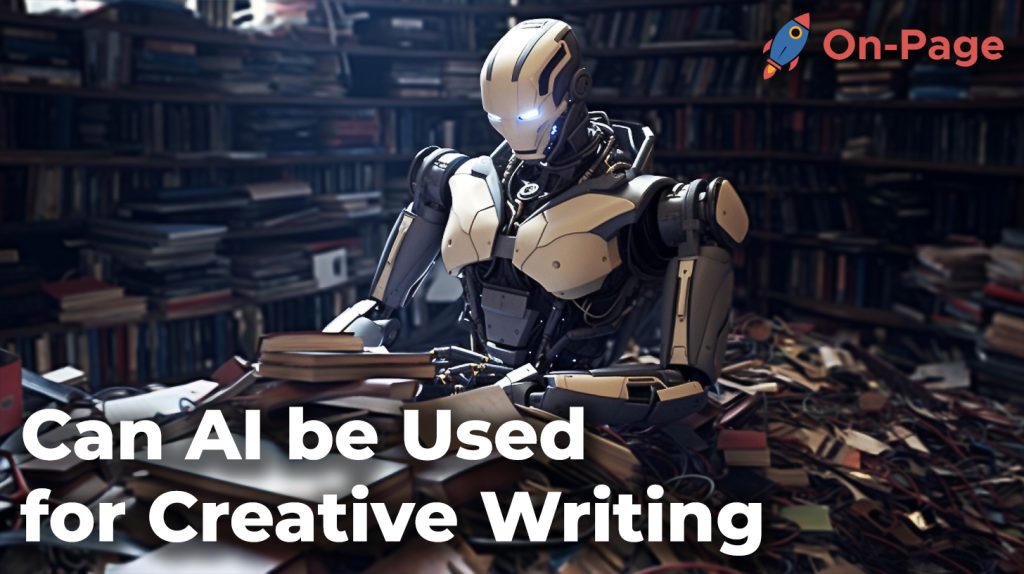
Imagine being able to summon Ernest Hemingway, Jane Austen, or any other literary giant to help you with your writing process, guiding and pushing your creativity to new heights. Sounds like a writer’s dream come true, right? Well, in today’s digital world, AI-driven tools are making that dream a reality for many aspiring authors. Let’s explore the groundbreaking ways AI can assist writers in their creative journey, transforming both the caliber and efficiency of their work like never before!
Artificial Intelligence (AI) can assist with various aspects of creative writing, including generating ideas, detecting errors, and providing suggestions. Tools such as natural language processing (NLP) and machine learning algorithms can analyze large datasets of text to inspire new plotlines or suggest new angles on existing storylines. AI can also help writers improve their grammar, spelling, and sentence structure by flagging potential errors and offering alternative phrasing. While AI may never fully replace human creativity and empathy, it can certainly aid writers in the creative writing process.
AI in Creative Writing: An Overview
Artificial Intelligence (AI) has been a buzzword in the tech industry for years. One of the most controversial areas where AI is being heavily debated is creative writing. With advancements in AI and natural language processing, machines can now generate text with a high degree of accuracy and coherence. This has led to debates on whether AI can ever replace human creativity in writing.
Cheers Publishing, a Chinese publishing company, published the first-ever poetry collection written by an AI named XiaoIce. Similarly, OpenAI released GPT-3, an innovative language processing system capable of producing writing that seems like it was written by a human.
Just as word processors significantly increased our writing efficiency and productivity, AI-powered writing tools like On-Page.ai are bringing advancements enabling content creators to save time and energy.
Advantages of using AI for creative writers include providing insights about how stories or articles should be structured, checking grammar, spelling mistakes that usually slip through, and producing content unique enough to rank better while sticking to SEO guidelines.
In short, AI can help writers come up with interesting ideas and enhance their language proficiency, saving writers time by automating certain tasks like editing or formatting their work. By doing so successfully it helps some users produce vast quantities of high-quality content that they would not have been able to do otherwise.
Despite these advantages, there are still many limitations when utilizing AI for creative work. AI lacks empathy and imagination; thus, it’s challenging for it to comprehend our emotions or craft meaningful pieces of literature from scratch. So far, most of the machine-generated works have been formulaic and generic lacking finesse or depth.
The question arises – will AI replace human creativity altogether? The answer is probably no. At least not anytime soon.
Machine Learning and Language Generation
Machine learning is the branch of AI that allows computers to learn on their own. Machine Learning algorithms can be trained on a massive amount of data using natural language processing techniques. This has opened up an entirely new field of generating natural-sounding text, from simple chatbots to sophisticated creative writing.
Google is working with universities and researchers worldwide through Project MuZero to improve machine learning for natural language processing to increase language proficiency.
One such example is Stealth Writer by On-Page.ai. Although it still requires input from the writer, this AI-powered writing tool assists writers in coming up with keyword-dense content on demand.
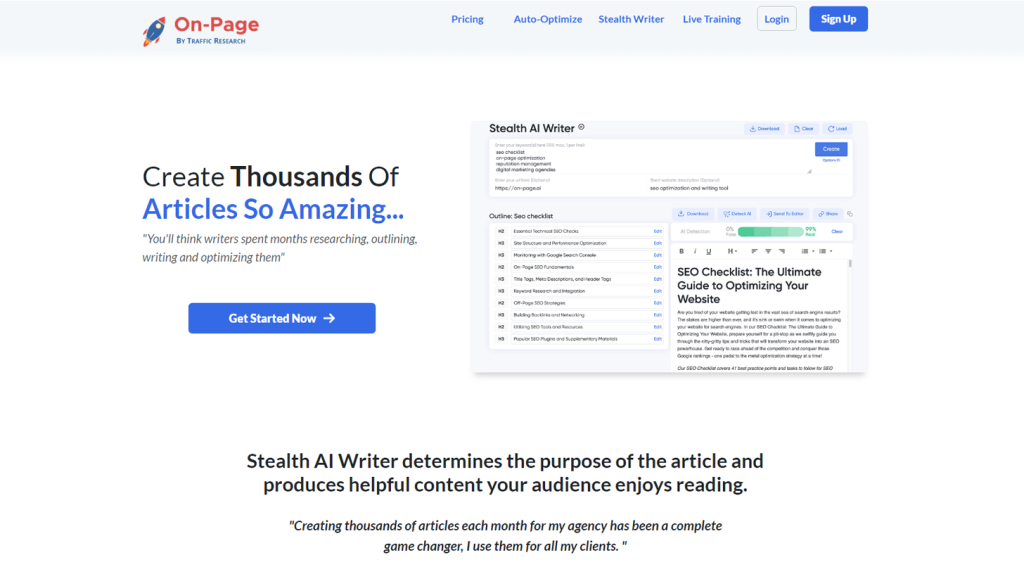
That being said, machine learning has some limitations when it comes to generating coherent text. The most significant challenge for AI today is its inability to interpret literary works, contextualize emotions, literary devices, or sentence structure.
While many argue that AI could save time and improve efficiency, critics contend it threatens human creativity by leading people into dependence on machines and taking away independence. There are concerns that AI-generated literature will lack originality since one can predict predictable patterns hence making all written work much less diverse than it would be if we had more humans creating it.
The key takeaway – while there may be various advantages to implementing AI into creative writing tasks, it’s crucial never to view them as perfect substitutes for humans. Collaboration between humans and machines serves better than competition between them.
How AI Assists Writers
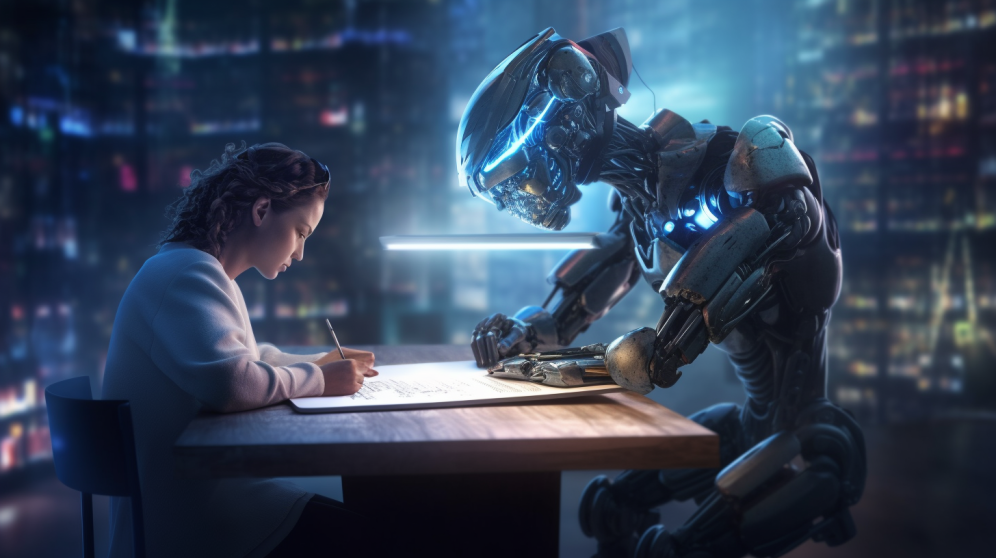
AI tools can be valuable resources for writers in a number of ways. One major benefit is the ability to quickly generate ideas and inspiration, helping to overcome writer’s block and keep the creativity flowing. AI-powered language generation models can provide suggestions for different word choices or sentence structures to give writing a fresh perspective.
Another area where AI can assist writers is research and fact-checking, which is especially helpful for non-fiction writing. For example, an AI tool could quickly scan through a large database of information on a particular topic and highlight relevant data points, as well as fact-check sources to ensure accuracy.
AI can also help with time-consuming editing tasks such as grammar and spelling checks, which can be automated using machine learning models. The use of these tools lets writers focus on more important aspects of their writing such as overall structure, clarity of ideas, style, voice, and tone.
One of the most innovative ways that AI is assisting writers currently is through the creation of content itself. By collaborating with an AI program like On-Page.ai’s Stealth Writer, content creators can speed up the process of content creation while still producing high-quality material.
In essence, it is no different than having an assistant in the form of an AI working alongside you to streamline your work processes. While not everyone may agree with this idea initially, over time many have come around to the belief that artificial intelligence is here to stay.
Take the case of OpenAI’s GPT-3 language model which has gained attention for its impressive capabilities in natural language processing. The system has demonstrated considerable success in tasks such as writing essays and articles, and even answering questions that are effectively written by AI programs themselves.
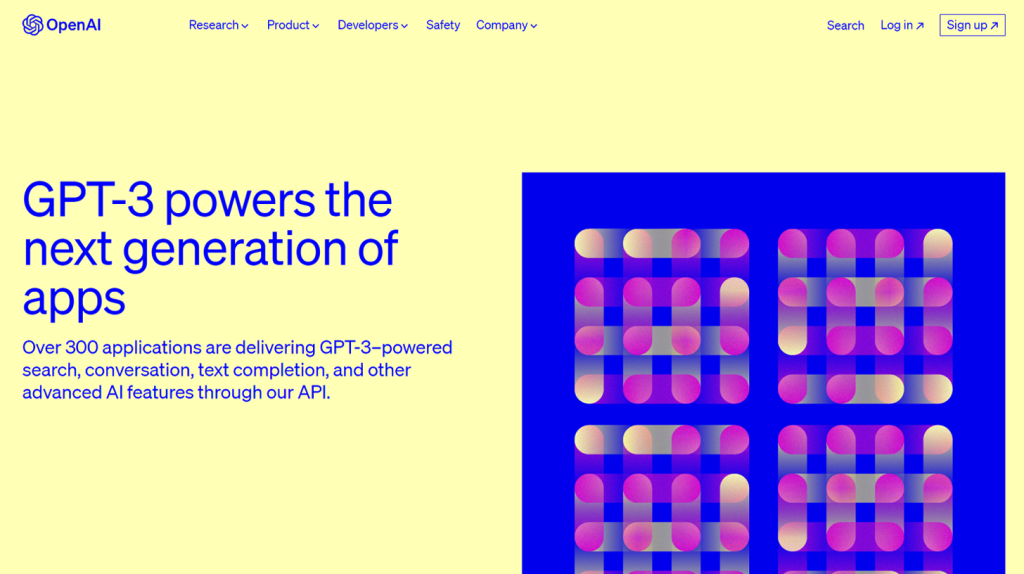
As we go deeper into the creative writing process, another area where AI can assist writers is story and plot development.
Story and Plot Development
One of the key challenges of creative writing is coming up with compelling storylines that resonate with readers. AI can assist writers in this area by generating ideas for plot twists, character development, and story arcs based on data analysis.
AI models can help detect patterns across a variety of texts to identify trends or common elements that contribute to success. By analyzing literary works in different genres or styles, an AI program could generate new ideas or provide insights into what makes these stories compelling to readers.
Furthermore, AI can help analyze feedback from readers by identifying common themes or criticisms that may point to areas of improvement in a writer’s work. This sort of feedback can be used to fuel future storytelling efforts as well as improve an individual author’s work further.
While there may be concerns among some writers that relying too heavily on AI for creative inspiration could hinder the unique human creativity that makes their work stand out, others believe that AI-assisted story development gives them more freedom to explore different directions while soundly laying the groundwork for their novels and other published works.
One such example comes from a team at MIT who developed Shelley, an experimental creative writing tool named after Mary Shelley, author of “Frankenstein.” Shelley was designed as an AI companion for horror writers looking for inspiration. It analyzes thousands of horror stories to produce new ideas and plotlines for each user.
Think about it like having training wheels on your bike: they provide support and stability when you’re just starting out learning how to ride but eventually become unnecessary once you’ve improved your balance and control over your bike. Similarly, AI can help writers improve their craft by providing inspiration and analysis, but should always serve as an aid rather than a replacement for their own unique creativity.
Not everyone may be on the same page about AI’s growing role in creative writing, but there’s no doubt that it has assisted content creators by helping to speed up workflow processes and fueling new concept ideation.
Editing and Revision Tools
Editing and revision are crucial stages in the writing process that require skill, patience, and attention to detail. These stages involve detecting errors, refining language, improving readability, and enhancing the overall quality of the text. Traditionally, writers have relied on their own knowledge and expertise or sought feedback from others to carry out these tasks. However, with the advent of AI technologies, writers can now access advanced editing and revision tools that can expedite and streamline these processes.
One such tool is Grammarly. Grammarly is an online AI-driven editing program that reviews written content in real time for common writing issues such as spelling, grammar, punctuation mistakes, and plagiarism. This tool enables writers to polish their work into well-polished English text without having to self-edit or hire external editors. It gives detailed explanations of grammar rules so writers can learn from their mistakes.
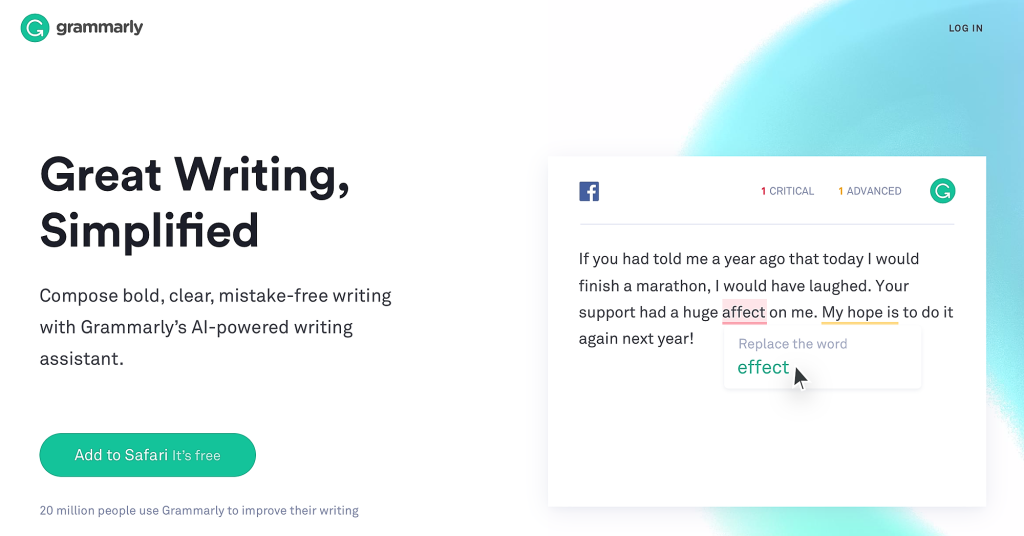
Another AI-based tool that can greatly assist in editing is the Hemingway Editor. The Hemingway Editor is an automated free online application that analyzes a piece of text based on criteria such as sentence complexity, word choice, and adverb overuse. This tool scans your document for weak sentences and suggests edits to help improve style coherence. It even allows users to set targets for the grade level of their content.
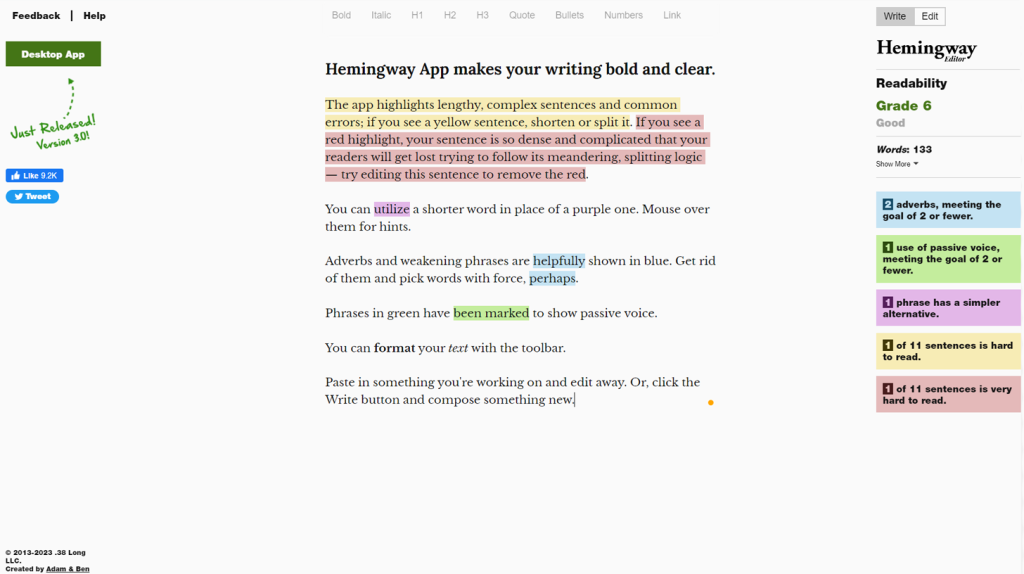
With the help of AI-powered tools like Grammarly and Hemingway Editor, editing and revision tasks become more manageable and faster than ever before while enabling writers to enhance the clarity, consistency, style, and engagement levels of their content.
However, some may argue that these automated editing tools can hinder creativity by prescribing a standardized formula for writing rather than allowing for individual expression. There are also concerns about the accuracy of AI-generated suggestions without people’s input.
A way to address this issue is by thinking of AI tools as collaborators, rather than replacements. Just as musicians use digital plugins to enhance their creativity without replacing their instruments, writers can explore the full creative potential of digital editing tools while maintaining their own unique writing voice.
The Future of AI in Writing
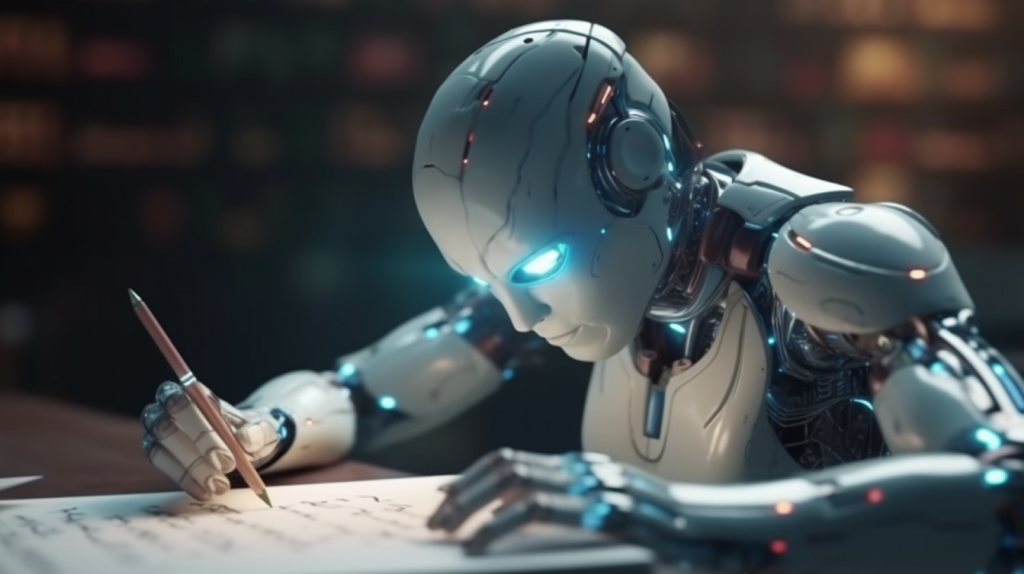
The possibilities for integrating AI into writing are vast and varied. In the future, we could see even more sophisticated auto-abstracts, text generators that create everything from novels to poetry, and even chatbots that respond to customer service inquiries.
One area where AI is expected to excel is in content creation for websites. For instance, talented SEO professionals make terrific use of SEO optimization tools such as On-Page.ai. These programs examine webpage structure and overall performance parameters to reconfigure website content for higher rankings. It would not be surprising if these programs continue to evolve further into platforms capable of generating entirely new content for sites.
An example of this would be GPT-3, an AI language model that has shown impressive results in creating human-like language patterns autonomously by detecting nuances and underlying patterns in existing datasets with a minimum of additional input. One potential use case for this model is generating news stories that are largely indistinguishable from articles written by experienced human journalists.
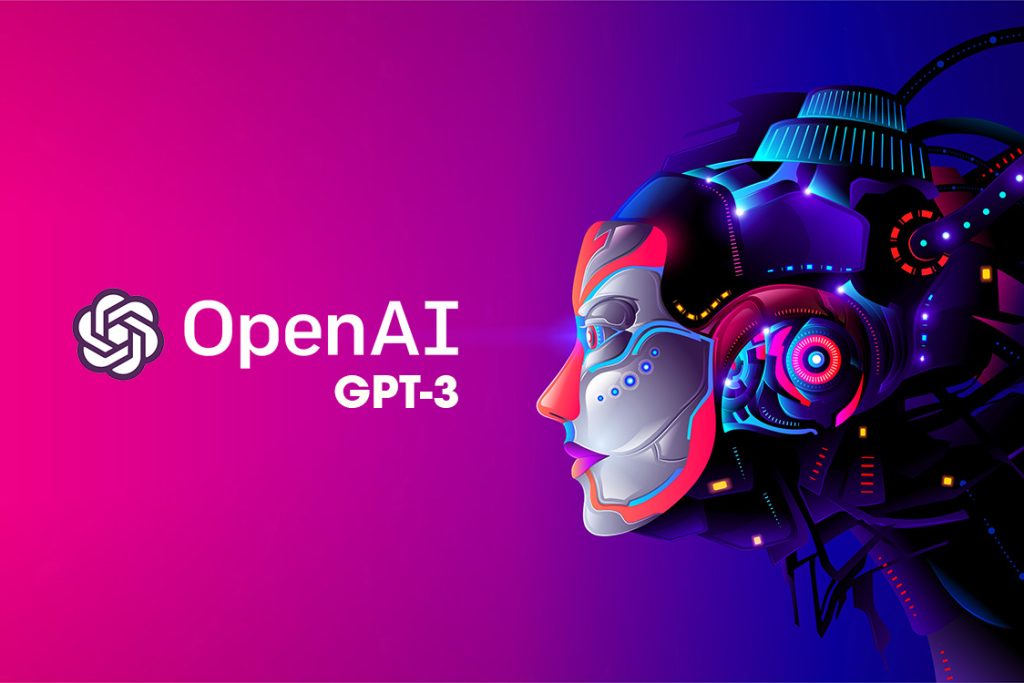
However, even with monumental advancements in AI technology and creative writing strategies, it must be remembered that creative art forms like literature are intrinsically human endeavors and it’s doubtful they’ll ever produce a computer system that supplants humans’ emotional intelligence vis-a-vis empathy and storytelling capability.
That being said, the role of AI assistance cannot be ignored or discredited because various industries have seen unprecedented amounts of progress as a result of professionals using automation tools as an aid. It is wise to view advanced digital tools as integrated partners who allow us researchers to progress at greater speeds.
Balancing Human Creativity and AI Collaboration
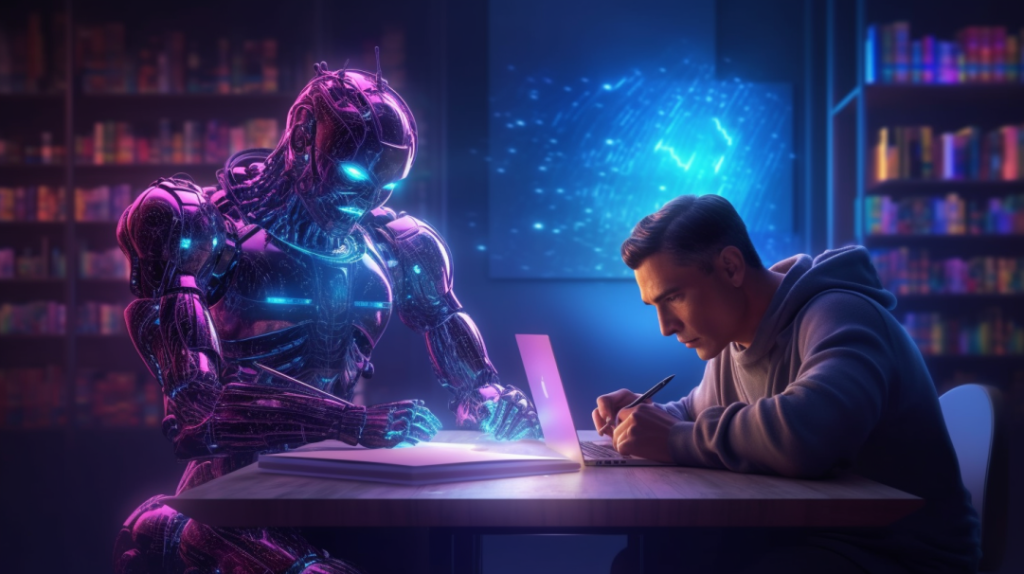
While it’s clear that AI can assist writers in many ways, there’s also a lot of uncertainty and debate about its potential impact on the profession. Many writers worry that relying too heavily on AI will diminish the role of human creativity in literature, while others see it as a tool to enhance rather than replace creativity.
On the one hand, there’s no denying that AI has already made significant contributions to creative writing. For example, AI-generated plotlines have been used by writers for developing new stories or mapping out complex narratives. This technology allows for quick experimentation with different narrative structures and ideas, freeing up writers’ time for more generative tasks. Additionally, AI can be useful in identifying trends in writing and predicting which topics are likely to resonate with audiences.
On the other hand, some argue that relying too heavily on AI-generated content could lead to homogenization in literature. They argue that by feeding computers vast amounts of data, we’re just replicating what has already been written instead of creating something new. Furthermore, AI cannot replicate the emotional depth and connectedness that humans crave from literature. There is something irreplaceable about empathy that humans bring to their work.
To continue this discussion, let’s take painting as an analogy. A computer can generate visually impressive images from a given set of inputs but is unable to understand personal and cultural symbolism or capture subjective feelings. In contrast, a human artist can imbue artistic expressions with moody colors, variety in stroke patterns, and shading along with evoking emotions through art.
In conclusion, we could view AI as a tool that augments or enhances human creativity but not replaces it. We are going to see writers use AI systems alongside their laptops and notebooks the same way artists use digital tools like Photoshop for enhancing their art. It makes no sense to be either all for AI support or against AI entirely. It is okay if you are apprehensive about embracing AI and machine learning, but it is wise to appreciate its potential as a new frontier in the writing industry.
- A 2020 survey conducted by the Association for Computational Linguistics revealed that 43% of participants believe AI will significantly influence the creative writing process within the next 5 to 10 years.
- According to a 2019 research article featured in ACM Transactions on Interactive Intelligent Systems, AI tools assisted human writers in generating approximately 20% more ideas when performing creative writing tasks.
- In a study published by Nature Communications in 2021, AI systems enabled an average improvement of 12.7% in terms of writing quality, determined by readability and organization scores, compared to non-AI-assisted works.
As a professional writer, if you intend on exploring how AI can assist your writing process, I recommend trying out On-Page.ai’s Stealth Writer. This tool could be an incredibly helpful resource when you’re struggling to figure out what to write about, or just need some fresh inspiration for your next project.
Additionally, using On-Page.ai’s editing and revision tools can help writers create polished content that’s optimized for SEO, helping them reach a broader audience. With On-Page.ai by your side, you’ll be able to make the most of both human creativity and AI collaboration.
Common Questions
What types of creative writing can be accomplished with AI?
Thanks for asking! AI has been proven to be a powerful tool for writers in various genres of creative writing. Some of the types of creative writing that can be accomplished with AI include:
- Poetry: AI-generated poetry is becoming increasingly popular.
- Short Stories: AI can help writers generate ideas for short stories by analyzing vast amounts of text and suggesting plotlines, settings, and characters.
- News Articles: Many news organizations are already using AI to write basic news stories such as financial reports, weather updates, and sports scores.
- Screenplays: AI can analyze successful screenplays and help writers create better dialogue and plot twists.
- Marketing Copy: Companies are using AI software like On-Page.ai to write marketing copy that resonates with customers by analyzing customer data and social media activity.
While AI still has limitations in terms of creativity, it has the potential to assist writers in creating unique content that resonates with readers. In fact, according to a report by Gartner, 20% of business content will be authored by machines by 2021.
Can AI write a novel, screenplay or other long-form content?
Yes, AI can write a novel, screenplay, or other long-form content with the help of various tools and algorithms. In recent years, there has been an increase in the use of AI for creative writing due to its efficiency and cost-effectiveness. According to a recent report by MarketsandMarkets, the global AI market size is expected to reach US$309.6 billion by 2026, with a significant contribution from the media and entertainment industry.
AI-powered tools such as GPT-3 and OpenAI have shown remarkable progress in generating written content that resembles human writing. These tools are capable of creating coherent sentences and even entire stories based on a given prompt or input data. Moreover, AI can assist writers in the process of ideation, research, and editing by providing relevant data insights.
However, it is important to note that AI-generated content still lacks the emotional depth and creativity that comes with human writing. The nuances of language and subtle emotions are difficult for machines to understand, making it challenging for them to create truly unique and original works.
Therefore, while AI can aid writers in various aspects of the writing process, it cannot fully replace human creativity and imagination. It can be seen as a complementary tool rather than a complete replacement for human writers.
Will AI eventually replace human writers in the creative writing industry?
The question of whether AI will eventually replace human writers in the creative writing industry is a complex one. While it’s true that AI has been making significant strides in natural language generation and even producing some compelling stories, it would be premature to assume that it will completely replace humans anytime soon.
Firstly, current advancements in AI lack the ability to replicate human emotions and creativity, which are vital components in the art of writing. Humans can convey and understand emotions better than machines because they have empathy, experience, and consciousness. Second, full automation of creative writing is still beyond AI’s capacity since there are inconsistencies within rules-based systems where decision-making involves more than just delivering the most logical outcome.
Moreover, according to a survey conducted by the Association of Writers & Writing Programs (AWP) in 2022, 69% of respondents expressed skepticism about AI-generated works eventually replacing human-written literary pieces. This finding suggests that many writers do not believe they will be outcompeted by machines soon as they believe creativity involves personal expression and imagination that AI cannot replicate.
AI does, however, have the potential to complement human creativity. Through its ability to analyze large datasets quickly, AI can help writers gather more information on their target audience’s preferences or develop plotlines that appeal better to them. With access to character databases or language generators for inspiration, writers can elevate their craft without sacrificing control over key creative decisions.
Therefore, while AI is a valuable technology for creative writers to incorporate into their process if used effectively; supplanting professional writers entirely seems unlikely due to the various limitations discussed above.
What is the current state of AI in creative writing and what advancements are being made in this field?
The current state of AI in creative writing is remarkable, and advancements are being made every day. In recent years, AI has proved its proficiency in the field of natural language processing. One of the most significant achievements is OpenAI’s GPT-3 model, which can generate persuasive essays, poetry, and fictional stories that are difficult to distinguish from human-written content.
Moreover, AI’s contribution to the writing industry extends beyond just generating fresh content. With tools like Grammarly, ProWritingAid, and Hemingway Editor, writers can now quickly check grammar, spelling, and sentence structure. Recently, Google has also introduced a feature called Smart Compose which uses machine learning language prediction algorithms to assist users in writing emails faster.
According to a report by Grand View Research, the global Natural Language Processing market size was valued at US$10.93 billion in 2020 and is expected to expand at a compound annual growth rate (CAGR) of 23.5% over the forecast period (2021-2028).
In conclusion, it’s safe to say that AI is undoubtedly changing the writing industry landscape and will continue to play a vital role in enhancing creativity and improving efficiency for writers worldwide.
How does AI generate creative content for writing?
AI generates creative content for writing using a combination of NLP and machine learning algorithms. NLP allows AI to analyze and understand the structure and meaning of human language, while machine learning algorithms enable AI to learn and identify patterns within vast amounts of data.
One method of AI-generated content is through the use of generative language models, such as GPT-2 and GPT-3. These models are trained on massive amounts of text data and can generate human-like responses to prompts or topics given to them. In fact, in a study conducted by OpenAI, participants found that GPT-3-generated writing was indistinguishable from human-written text 52% of the time.
Another way AI can generate creative content is through collaboration with human writers. Platforms such as Hugging Face provide a space for writers and AI models to work together in real-time, making suggestions or edits that would enhance the quality and creativity of the final product.
While some argue that using AI detracts from the creative process, others view it as a helpful tool for generating new ideas and breaking through writer’s block. As AI technology like On-Page.ai continues to advance, it will be interesting to see how it integrates with the art of writing.

